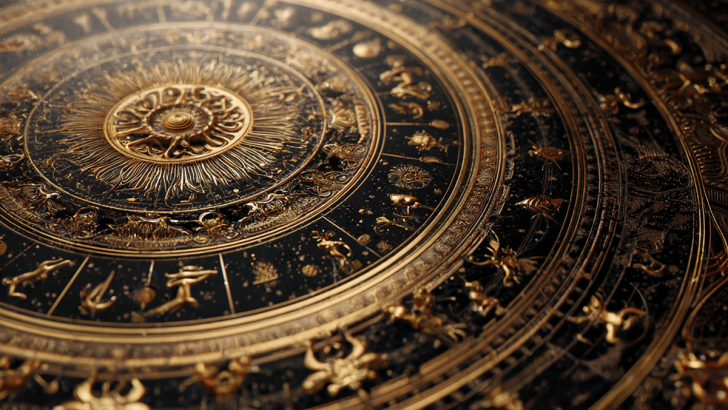Astrology has guided human lives for thousands of years, with two major systems evolving in different parts of the world.
Vedic astrology, rooted in ancient Indian traditions, and Western astrology, developed from Greco-Roman foundations, offer distinct approaches to understanding celestial influences.
While both systems study planetary movements to interpret human destiny, they differ significantly in their methods, philosophies, and applications.
1. Different Zodiac Systems
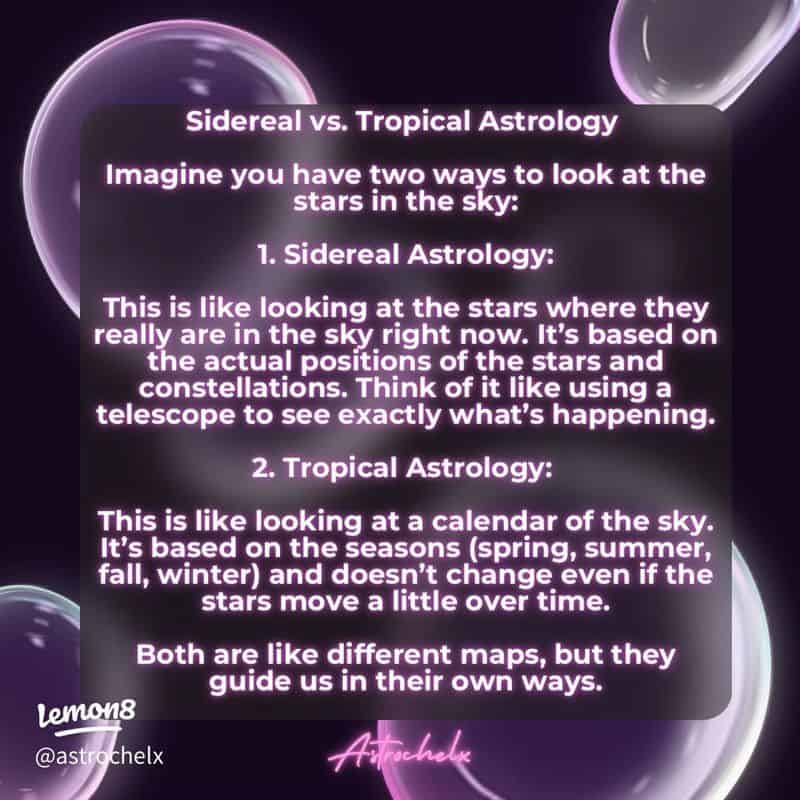
Vedic astrology uses the sidereal zodiac, which aligns with actual star positions in the sky. This means your sun sign might be different than you thought! The system accounts for the Earth’s wobble (precession of equinoxes), shifting zodiac positions about 23 degrees from Western calculations.
Western astrology follows the tropical zodiac, which is fixed to Earth’s seasons rather than constellations. Aries always begins on the Spring Equinox regardless of where stars actually appear. This fundamental difference creates a nearly one-sign shift between the two systems, explaining why your Western and Vedic charts often show different placements.
2. Moon vs. Sun Emphasis
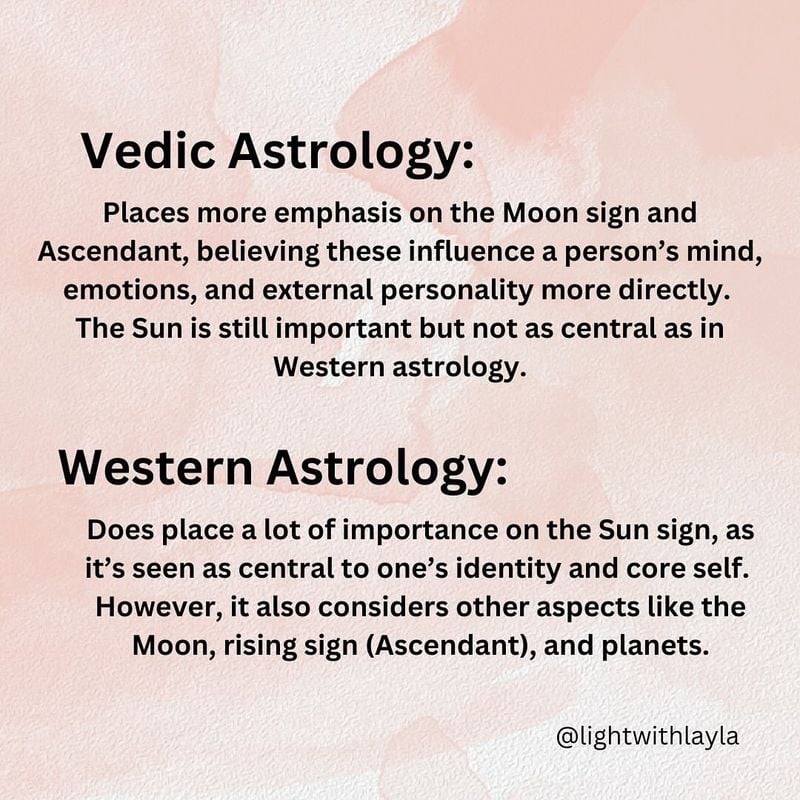
Your emotional nature takes center stage in Vedic astrology, where the Moon sign receives primary focus. Vedic astrologers consider your Moon placement the true indicator of your inner self, personality traits, and mental patterns that drive your behavior.
Western astrology puts your Sun sign in the spotlight. Those horoscopes you read in magazines? They’re all about your Western Sun sign, representing your core identity and ego expression. This fundamental difference explains why reading only Sun-sign horoscopes might feel off – Vedic practitioners would say you should be reading for your Moon sign instead!
3. The Unique Dasha System
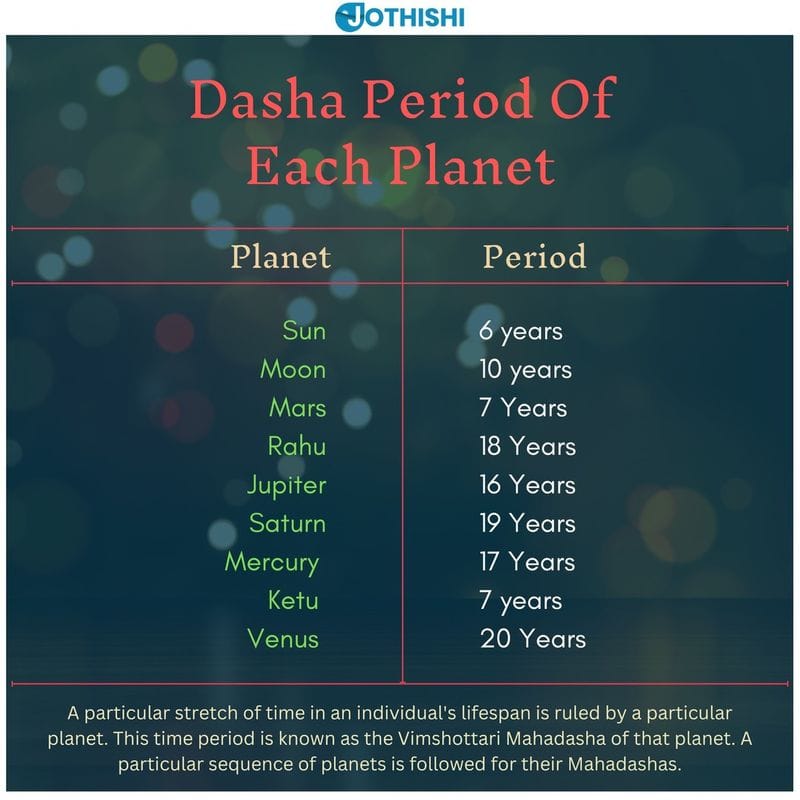
Vedic astrology’s predictive power comes from its sophisticated Dasha system – planetary time periods that govern different life phases. Each planet rules specific years of your life in sequence, creating a cosmic calendar of opportunities and challenges tailored just for you.
Western astrology lacks this detailed timing mechanism. Instead, Western astrologers track current planetary movements (transits) against your birth chart to forecast upcoming influences. The Dasha system allows Vedic astrologers to pinpoint when major life events might occur with remarkable precision, often predicting career changes, relationships, or health matters years in advance.
4. Spiritual Remedies and Solutions

Feeling the squeeze from Saturn? Vedic astrology offers practical solutions! This ancient system provides specific remedies to balance challenging planetary influences – from wearing particular gemstones to reciting mantras or performing charitable acts aligned with troublesome planets.
Western astrology typically focuses on awareness rather than intervention. Western practitioners help you understand planetary challenges but rarely suggest wearing a blue sapphire to ease Saturn’s restrictions. This remedial approach makes Vedic astrology particularly appealing to those seeking active ways to improve their cosmic circumstances rather than simply understanding them.
5. Philosophical Foundations
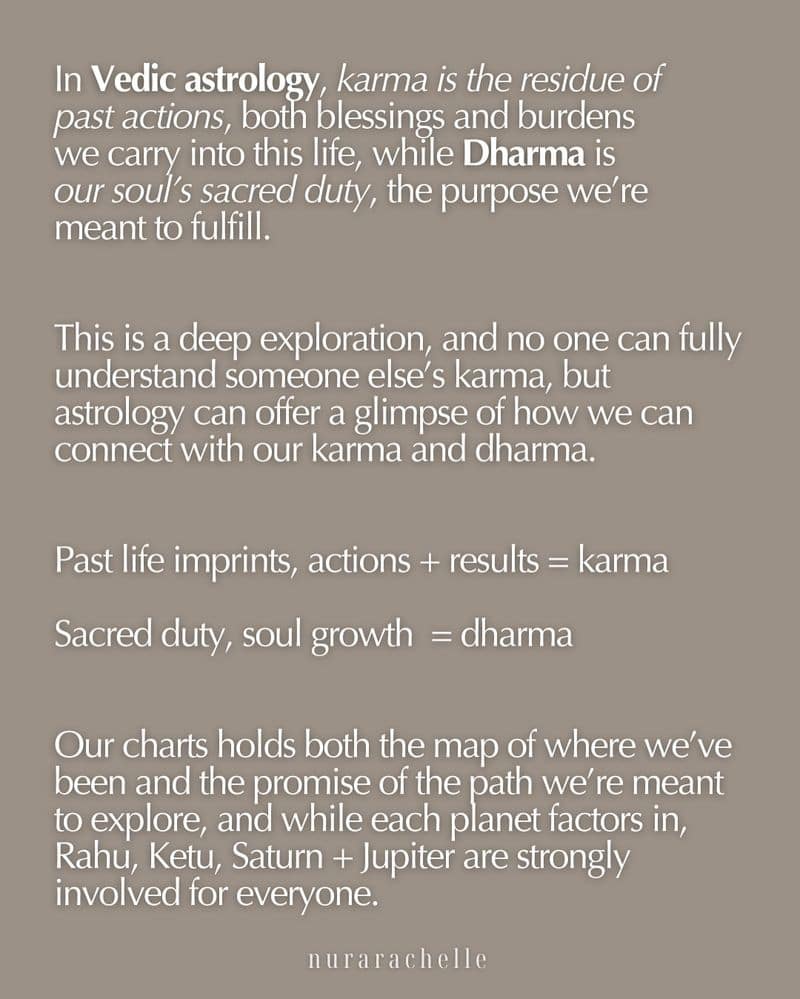
Karma and dharma form the backbone of Vedic astrological interpretation. Your birth chart reveals the karmic patterns you’ve brought from past lives and your dharma (life purpose) in this incarnation. Every planetary placement tells a story about your soul’s journey across multiple lifetimes.
Western astrology emerged from different cultural roots, focusing more on psychological patterns and personal development within this lifetime. While some Western astrologers incorporate spiritual elements, the system generally emphasizes free will and self-actualization rather than predetermined karmic paths. This philosophical difference colors how practitioners of each system interpret identical planetary positions.
6. Lunar Mansions: The Nakshatras
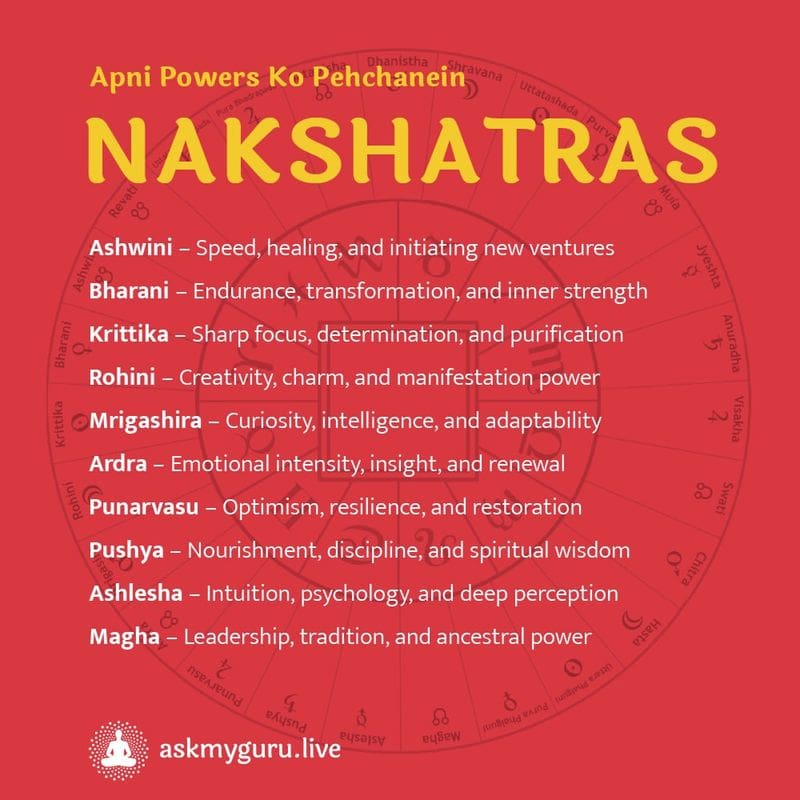
Imagine dividing the sky into 27 magical segments, each with unique energies and ruling deities. These lunar mansions or Nakshatras add remarkable depth to Vedic astrology, revealing subtle personality traits and life patterns invisible to Western analysis.
Your birth Nakshatra shapes your temperament, talents, and spiritual inclinations with incredible precision. A person born with Moon in Rohini Nakshatra differs significantly from someone born in Bharani, even if both have Taurus Moon in Western terms.
Western astrology has no equivalent to this lunar mansion system, operating without this layer of nuance that Vedic astrologers consider essential for accurate interpretation.
7. Multiple Chart Divisions
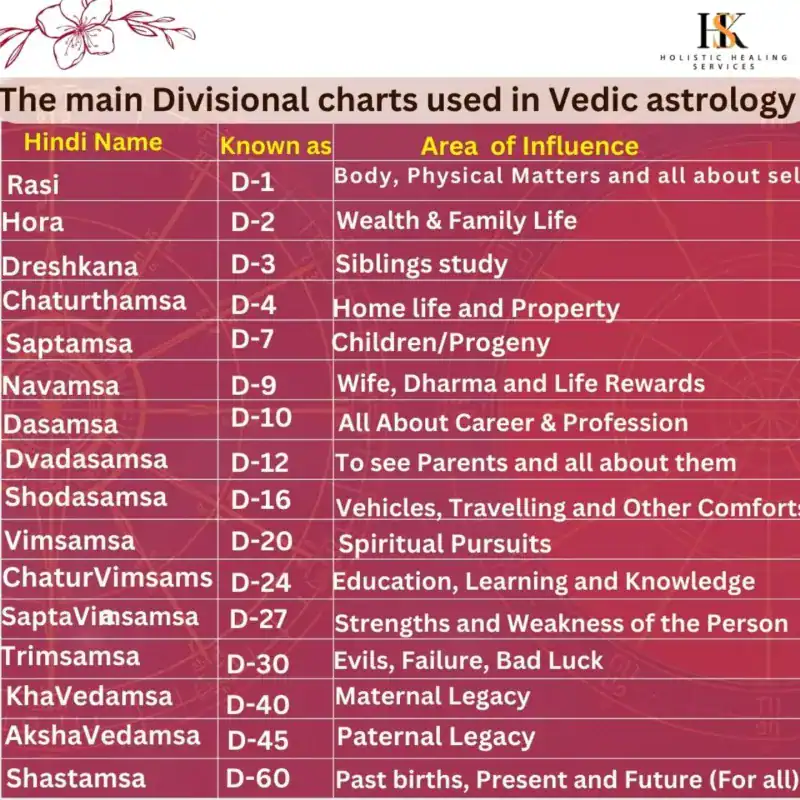
Vedic astrology doesn’t stop at your birth chart. It creates specialized divisional charts called Varga charts, each revealing different life areas with remarkable precision. The Navamsa (D9) chart specifically unveils marriage dynamics, while others illuminate career, children, and spiritual growth.
Western astrology typically relies on a single birth chart for all interpretations. While Western astrologers examine house placements within this one chart, they miss the specialized insights that Vedic divisional charts provide. This multi-chart approach allows Vedic astrologers to see how planetary energies manifest differently across various life domains, offering more nuanced guidance for specific questions.
8. Shadow Planets and Outer Planets
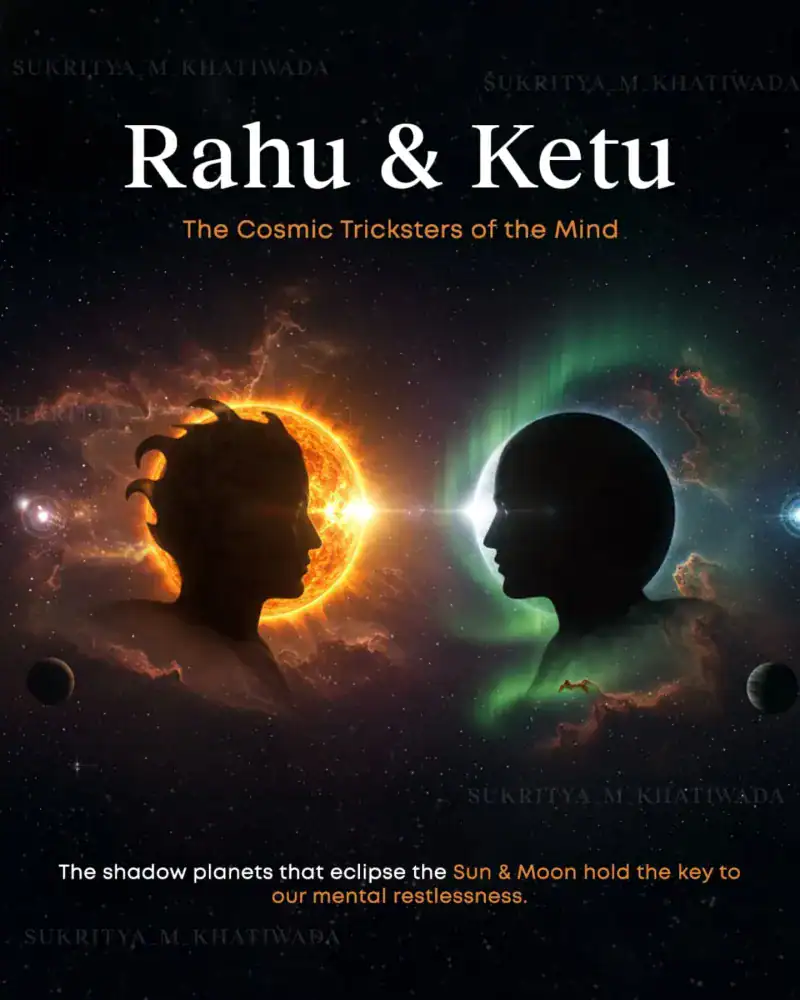
Meet Rahu and Ketu – the north and south lunar nodes that Vedic astrology treats as powerful shadow planets. These mathematical points where the Moon’s orbit crosses the ecliptic path receive major emphasis in Vedic readings, representing karmic lessons and spiritual evolution.
Western astrology acknowledges these points but doesn’t grant them planetary status. Instead, Western practice emphasizes Uranus, Neptune, and Pluto – outer planets discovered in modern times and largely ignored in traditional Vedic readings.
This planetary preference highlights each system’s focus: Vedic astrology prioritizes karmic patterns (Rahu/Ketu), while Western astrology embraces modern psychological dimensions represented by the outer planets.
9. Predictive Approach Differences
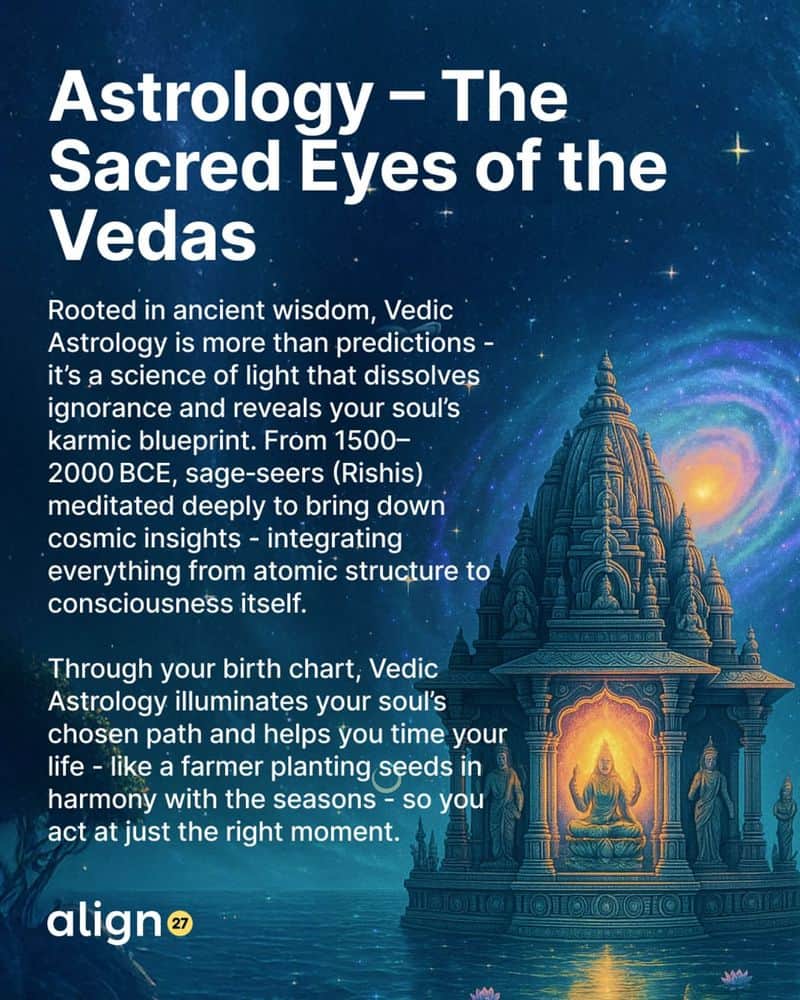
Vedic astrology boldly predicts specific life events with remarkable timing precision. Using the Dasha system alongside transit analysis, a skilled Vedic astrologer might forecast career changes, relationship beginnings, or health challenges within specific timeframes.
Western astrology tends toward psychological interpretation rather than concrete prediction. Western readings typically describe energetic themes and growth opportunities during planetary transits without definitively stating what will happen. This fundamental difference reflects their philosophical foundations – Vedic astrology accepts predetermined karmic patterns, while Western practice emphasizes free will and multiple potential outcomes.
10. House System Variations
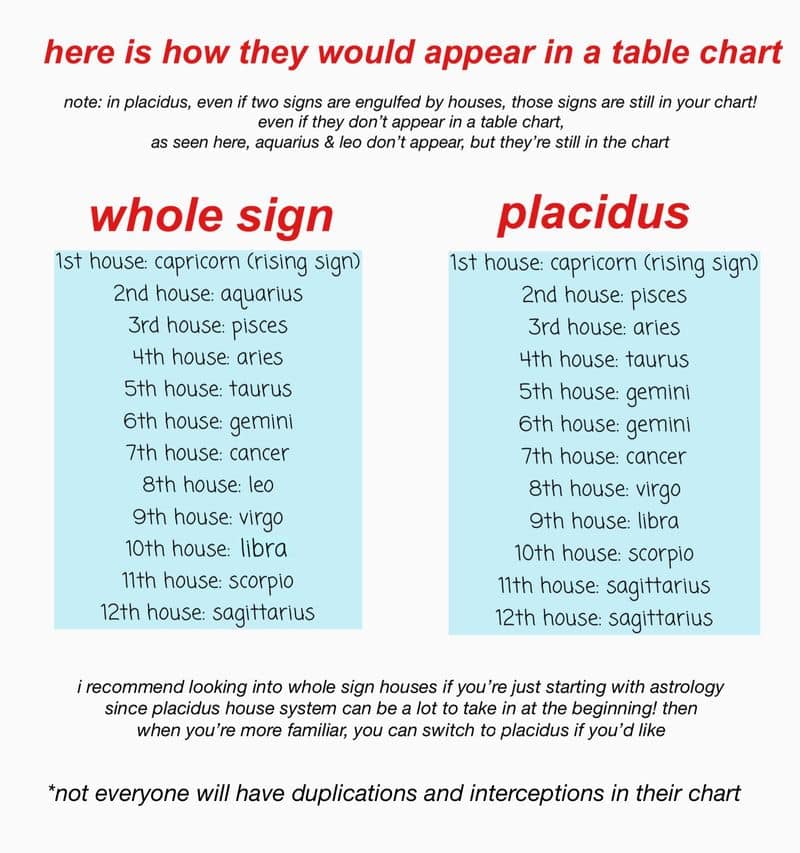
Vedic astrology predominantly uses the Whole Sign house system, where each house equals one complete sign. This creates clean, consistent house divisions regardless of birth location, with houses and signs perfectly aligned. Most Vedic astrologers stick to this system exclusively.
Western astrology offers a buffet of house systems – Placidus, Koch, Equal, Whole Sign, and many more. Each system divides the chart differently, potentially changing which houses planets occupy. This variety creates ongoing debates among Western astrologers about which system works best, while Vedic practitioners sidestep this controversy entirely by maintaining their traditional approach.

